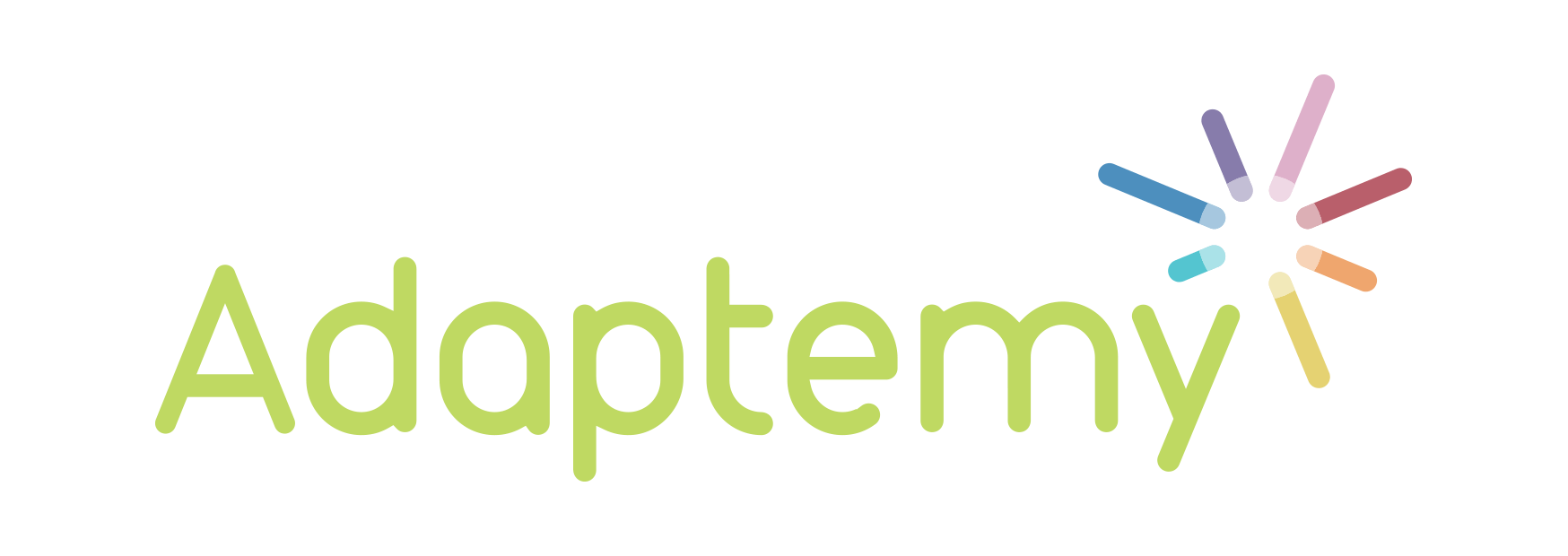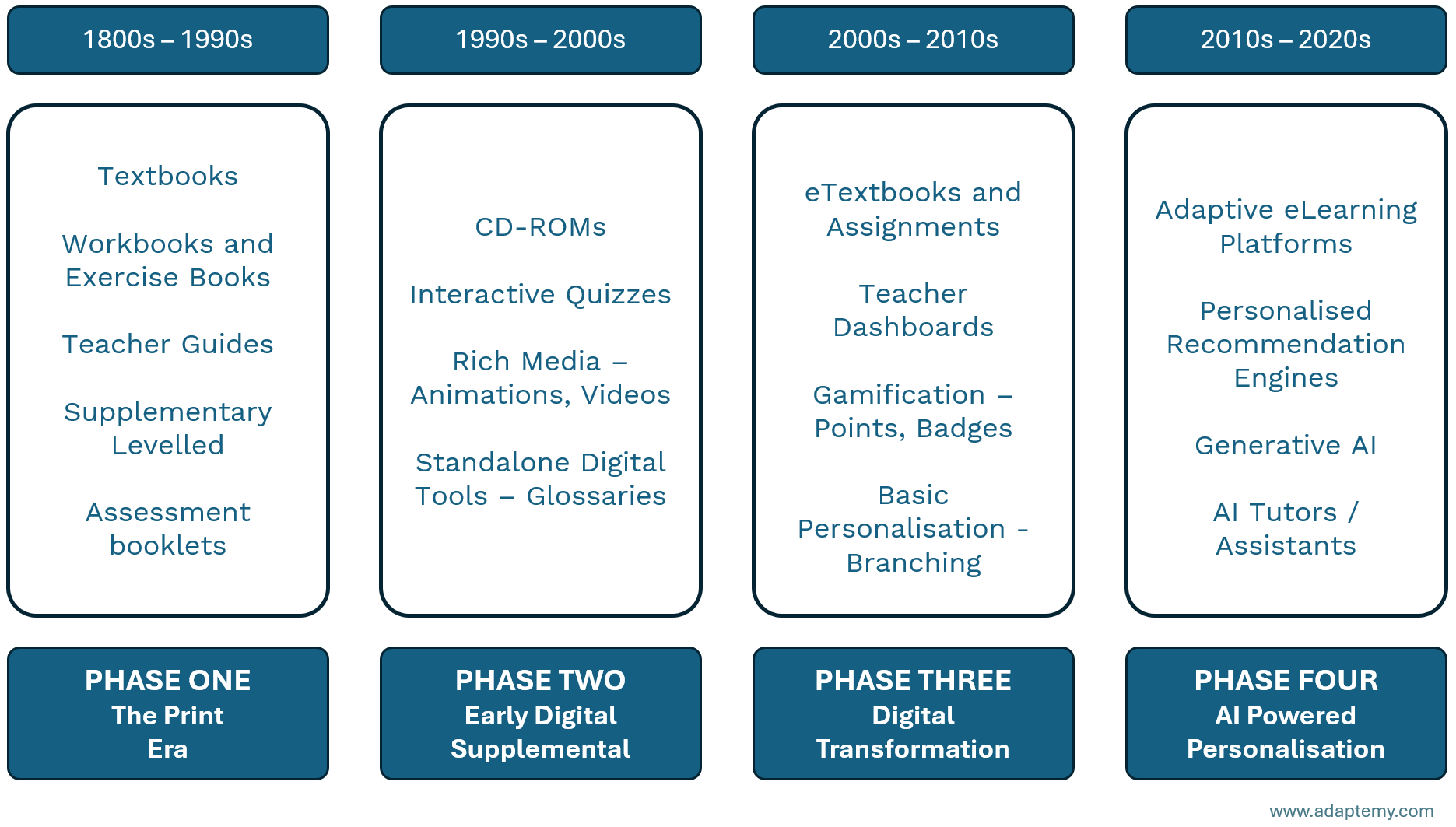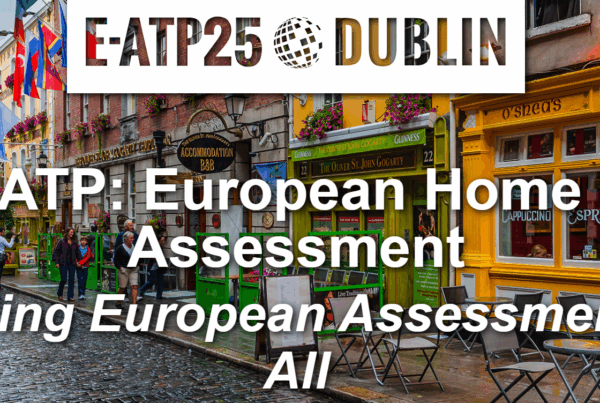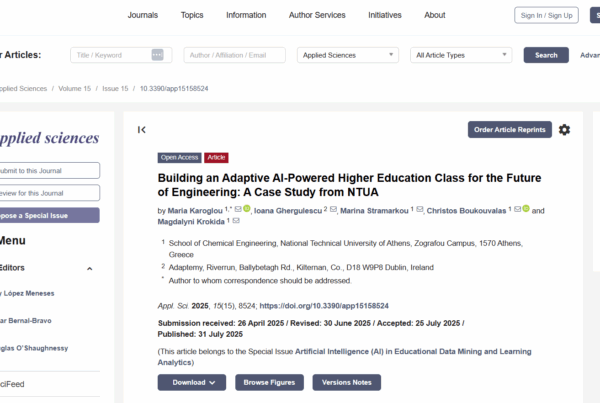
“You don’t have a content problem, you have a content delivery problem.”
In countless calls with Educational Publishers this phrase crops up – and with good reason. Educational publishers have become experts in the creation of curriculum-aligned digital content having taken the production of eBooks, Assessment, High Quality Simulations, Games and more largely inhouse.
The problem they face is the delivery of these pedagogically sound, beautifully realised assets to learners in a way that recognises the individual needs their learner’s have.
Educational publishing has come a long way – from the days of purely print textbooks to the brink of AI-personalized learning experiences. In this post, we’ll journey through a four-stage maturity model that tells the story of this evolution. It’s a narrative many publishers will find familiar, and a framework that decision-makers can use to pinpoint where their organization stands today and what steps lie ahead to reach the forefront of intelligent, adaptive education.
Stage 1: The Print Era
“If it doesn’t make a thud when it hits a table, it’s not a Product”
In the first stage, print is king. For centuries, educational content meant physical textbooks, workbooks, and printed teacher guides. Classrooms from the 19th century onward relied on these static yet authoritative resources as the backbone of instruction. A publisher in this era might measure success by the weight of a new textbook edition – quite literally – and the breadth of its adoption in schools. The smell of fresh ink and paper signaled accomplishment.
But while print provided a reliable, vetted source of knowledge, it offered a one-size-fits-all experience. Every student read the same chapters in the same sequence. If a concept was unclear, the book itself couldn’t adapt or provide extra help – that was left to the teacher or supplemental materials. Updates to content were slow and expensive, tied to new print runs. In short, Stage 1 established the foundational content, but learning was far from personalized. It was the era of “one textbook to teach them all,” and for a long time, it worked.
Stage 2: Early Digital – Experiments in Isolation
“Something fun to drive print sales and keep the smart kids busy”
Stage 2 came with the first digital experiments. Picture the late 1990s and early 2000s: publishers start adding CD-ROMs in the back of textbooks, or launching companion websites with extra exercises. These early digital tools were standalone – nifty CD-ROM encyclopedias, quiz games, or simple learning software – but they weren’t integrated into a cohesive digital ecosystem. In fact, they were often given away as freebies bundled with the textbook adoption to sweeten the deal. The hefty print textbook sale still paid the bills, and the digital supplement was icing on the cake.
These early digital offerings, however, were very limited. Often they were static content or simplistic programs – perhaps an interactive glossary or a basic test generator – created on the cheap and not heavily updated. Crucially, they operated in isolation: the quiz CD didn’t talk to any gradebook, the learning game on the website didn’t inform classroom teaching in real time. A student might get some extra practice from these tools, but the experience was the same for everyone who popped the CD in their computer. In Stage 2, digital was a sidecar to the main product (print), not a driver. Publishers at this stage got a first taste of what technology could do, yet also inadvertently trained their customers to see digital content as an included bonus rather than a core product (after all, for years it was “free” with purchase of a book). The seeds of disruption were planted, but the true digital transformation had yet to begin.
Stage 3: Digital Transformation – Platforms and Data Dawn
“Digitization is tactical; transformation is strategic.”
By the 2010s, the industry reached a tipping point. Stage 3 is where educational publishers undergo a digital transformation, making digital platforms and content an integral part of their strategy (no longer just an add-on). In this stage, simply having a CD-ROM or some PDFs online isn’t enough – publishers invest in full-fledged online learning environments. We see the rise of robust learning management systems and interactive e-book platforms, often accompanied by analytics dashboards and cloud-based content updates.
For the first time, these platforms begin to incorporate engagement mechanics like gamification – students earn points for completing lessons, collect digital badges for milestones, or see their names on a class leaderboard. These features don’t fundamentally change the content, but they inject a sense of motivation and fun that static textbooks never could.
Stage 3 also introduces the earliest forms of personalization – though still fairly superficial compared to what comes later. Branching pathways allow students to pick from pre-set routes through a course, or platforms may suggest different resources based on a quiz score. While every learner is still essentially drawing from the same pool of material, they start to feel a degree of agency: “If I choose path A, I’ll focus on practice problems; if I choose path B, I’ll watch videos instead.”
At the same time, teachers and editors gain new visibility into how content is being used. Analytics reveal which lessons are popular, where students struggle, and how engagement correlates with performance. Publishers in Stage 3 begin to see themselves less as producers of books and more as providers of digital learning platforms. Their content is not only delivered but also tracked, measured, and slightly tailored.
In short, Stage 3 is the age of platformization: a significant leap forward from isolated digital add-ons. Yet, while gamification and branching pathways mark the first steps toward personalization, the experience is still far from truly adaptive. Every learner is nudged along slightly different paths, but the system doesn’t yet understand them deeply.
Stage 4: AI-Driven Personalization – Intelligent Adaptive Learning
“Tackling the Elephant in the Room”
Every student is unique, but systems cannot detect their differences sufficently nor personalise to meet their needs.
Stage 4 is the era of AI-driven personalization, where the long-held promise of “learning tailored to each student” finally comes to life at scale. In this stage, a publisher’s platform is not just a repository of content, but an intelligent system that can adapt in real time to each learner’s needs. The evolution from Stage 3 is profound – one industry observer described it as moving from simply digitizing content to leveraging AI for real-time personalization. In Stage 4, technology like machine learning and generative AI become the publisher’s allies in creating dynamic learning experiences.
What does this look like? Imagine a student working through a math lesson on an AI-powered platform. As they progress, the system is analyzing their performance, identifying misunderstandings or skill gaps, and then immediately adjusting the lesson flow – offering an extra practice set on a concept the student hasn’t mastered, or perhaps skipping ahead past topics that the student clearly grasps. The content itself might change form: an explanatory video is suggested instead of text for a visual learner, or an AI chatbot pops up to provide a hint when the student is stuck. Adaptive learning systems and AI-driven educational tools are game-changers in the value they deliver, offering “personalized, data-informed instruction that a static textbook never could”. Each learner’s path through the material becomes unique, guided by an algorithmic tutor that gets to know them.
Generative AI plays an increasginly important role here as well. Leading publishers have begun to use AI not only to pick from existing content, but to create new content on the fly. For instance, Pearson’s latest digital platform can generate summaries of video lessons or even create practice quiz questions in real time using AI – premium features that simply don’t exist in a print world. An AI-driven system can thus provide infinite practice items or alternate explanations, finely tuned to the learner’s level and context. It’s the difference between a static chapter review at the end of a textbook and an AI tutor that can say, “I see you struggled with concept X, let me give you a custom quiz and some feedback on that.”
In Stage 4, the publisher’s offering starts to feel less like a product and more like a service – a constantly adapting, intelligent service that accompanies each learner personally.
The impact of this approach is already being felt. Studies and early implementations show improved outcomes, from faster reading growth in AI-tutored literacy programs to higher course pass rates with adaptive homework systems. Equally important, teachers are embracing these tools when they see time savings and better student engagement. Over 80% of educators in one survey reported that well-designed ed-tech improved student engagement and enabled more individualized instruction – precisely the strengths of adaptive, AI-based systems. All of this helps shift the conversation: instead of schools asking “How much does this digital product cost?” they begin to ask “Can we afford not to have this, if it helps our students succeed?”. That is the hallmark of Stage 4 – when a digital learning platform proves so effective and indispensable that it’s valued not as a bonus, but as core infrastructure for education.
Navigating the Journey Ahead
This four-stage maturity model is more than a retrospective; it’s a roadmap. As a decision-maker at an educational publishing company, you should be able to see your organization’s reflection in one of these stages. Perhaps you’re proudly rooted in Stage 1, with a legacy of excellent print titles but little digital presence, or maybe you’ve progressed to Stage 3, offering a robust platform but wondering how to take it to the next level. Understanding where you stand today is the first step in planning where to go tomorrow. Each stage builds on the capabilities of the previous one – you can’t leap straight from print-only to AI-personalized in one go – but you can chart a path through each evolutionary step.
The question now is: what’s your next step?
> If your team is committed to improving learning and training with AI, you can book a virtual meeting with Adaptemy here:





